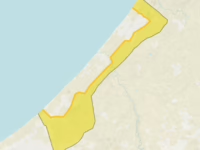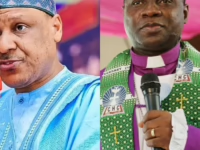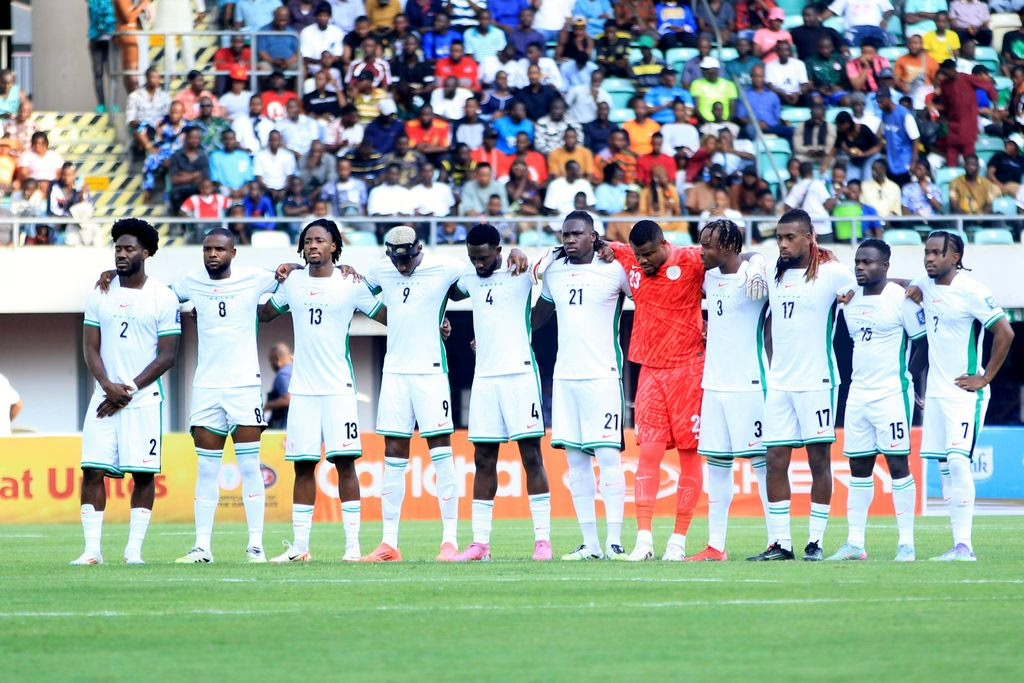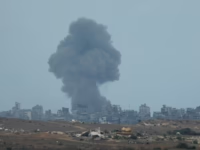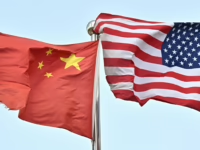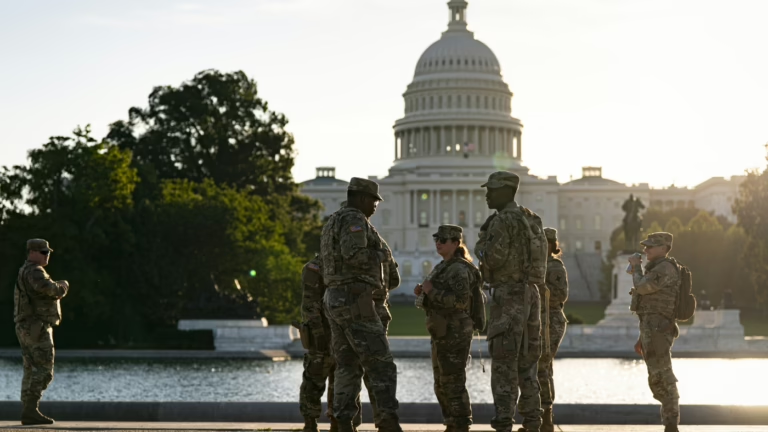National Guard troops patrol the vicinity of the U.S. Capitol on October 1 in Washington, D.C.
Al Drago/Getty Images North America
hide caption
toggle caption
Al Drago/Getty Images North America
In recent weeks, the National Guard has been engaged in a variety of community-focused activities such as neighborhood patrols, tree trimming, and trash collection.
During his second term, President Trump has increasingly turned to the National Guard-particularly in cities governed by Democrats-to assist with crime reduction, manage protests, and bolster Immigration and Customs Enforcement (ICE) operations.
Since August, National Guard personnel stationed in Washington, D.C., have been visible on the streets, contributing to both security and urban maintenance efforts. According to the U.S. Army, by October 1, these troops had removed over a thousand bags of garbage, spread more than a thousand cubic yards of mulch, pruned hundreds of trees, cleared nearly eight miles of roadways, painted extensive fencing, and packaged thousands of pounds of food.
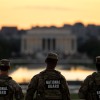
The Trump administration has also advocated for deploying National Guard units in states like Oregon and Illinois to protect ICE facilities and personnel. In Missouri, a limited number of Guard members have been assigned to assist ICE with administrative tasks such as data management and logistical coordination. Meanwhile, in Memphis, the Guard’s role remains somewhat undefined, though local officials describe their presence as providing additional surveillance support for law enforcement agencies.
At a recent meeting with senior military officials in Quantico, Virginia, President Trump expressed gratitude to the National Guard for their contributions to enhancing safety in the nation’s capital.
“I want to commend every service member who has played a part in this vital mission. It’s truly an important endeavor,” he remarked.
Despite the visible efforts, military analysts caution that these assignments diverge from the National Guard’s traditional responsibilities, which primarily include disaster relief and emergency response. Concerns have also been raised about the potential impact of these deployments on recruitment and public perception.
“This represents a misapplication of a valuable resource,” stated Retired Major General William Enyart, who commanded the Illinois National Guard from 2007 to 2012 and formerly served as a Democratic congressman.
The National Guard Bureau has opted not to provide comments on the matter.
From Colonial Minutemen to Texas Flood Relief in 2025
The origins of the National Guard trace back to the 17th century, predating the United States itself. Early colonial militias, composed of citizen-soldiers, were established to protect their communities.
These early defenders were known as “minutemen” due to their readiness to mobilize swiftly, a legacy that continues to influence the Guard’s identity today.
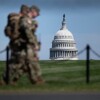
Kevin Greene, co-director of the Center for the Study of the National Guard at the University of Southern Mississippi, emphasizes that the “minuteman” ethos remains central to the Guard’s mission.
“They choose to serve those who either cannot or will not, driven by a commitment to duty and the protection of their communities, states, and country,” Greene explained.
While the Guard has been deployed abroad for military operations and domestically to manage civil disturbances, their most frequent role has been responding to natural disasters and emergencies.
For instance, following the September 11, 2001 attacks, Guard members were instrumental in searching for survivors amid the wreckage and recovering the remains of fallen first responders. In the wake of Hurricane Katrina in 2005, the Air National Guard evacuated nearly 2,000 individuals and delivered essential supplies such as food, water, and medical aid.
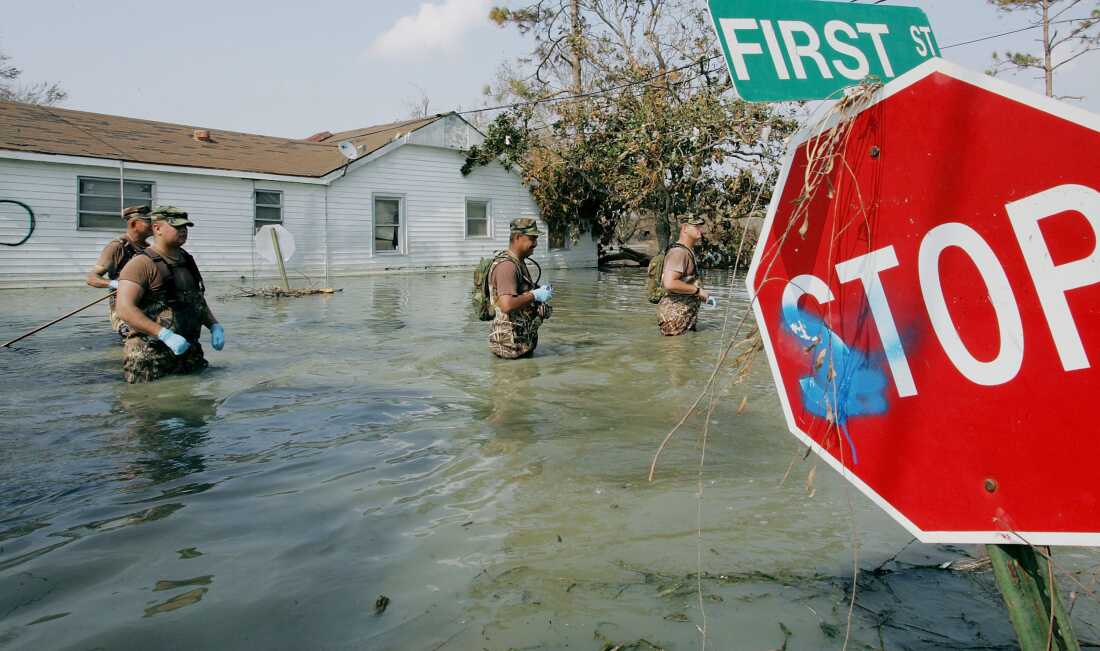
New Mexico National Guard personnel navigate floodwaters to search for victims in homes devastated by Hurricane Katrina on September 10, 2005, in Port Sulphur, Louisiana.
Joe Raedle/Getty Images North America
hide caption
toggle caption
Joe Raedle/Getty Images North America
During the COVID-19 crisis, Guard members played critical roles by staffing emergency hotlines, assisting food distribution centers, and even handling the removal of deceased patients from hospitals. More recently, in July, they rescued over 520 individuals affected by severe flooding in central Texas.
This versatility has earned the National Guard the nickname of a “Swiss Army knife.” However, Retired Major General Enyart warns that their broad capabilities should not lead to overextension or misuse.
“Soldiers want to engage in meaningful missions,” he noted. “They depend on the nation’s political leaders to assign them tasks that are essential-whether defending the country or responding to natural disasters.”
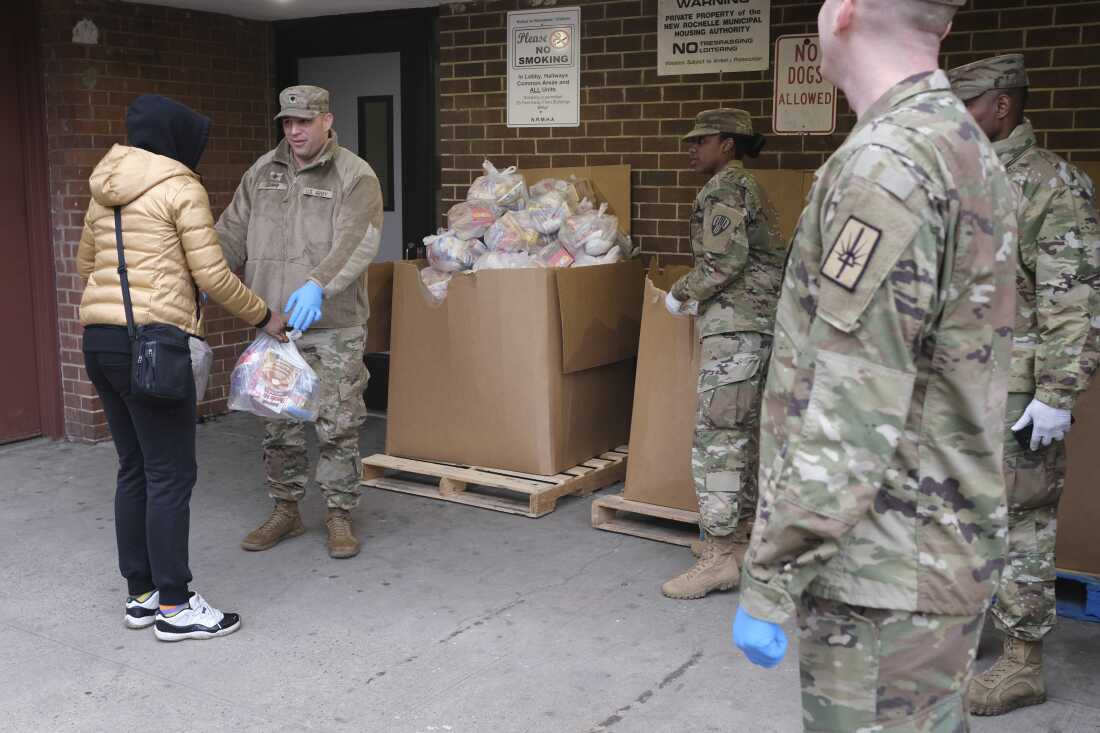
New York National Guard personnel handing out food to families in New Rochelle, New York, on March 12, 2020.
Seth Wenig/AP
hide caption
toggle caption
Seth Wenig/AP
Given that National Guard members typically serve part-time, Enyart expressed concern about how frequent deployments might disrupt their civilian careers, education, and family life.
“This not only risks breaking the trust of the soldiers but also affects their families,” he explained.
Retired Major General Randy Manner, who formerly served as acting vice chief of the National Guard Bureau, shares apprehensions that these expanded roles could negatively impact recruitment efforts, which have otherwise been robust.

Manner also voiced concern that the Trump administration’s approach might lead to more frequent and expansive use of the Guard in ways that could alienate the public from the military.
“We must ensure that this administration does not create divisions between the American people and our armed forces,” he emphasized.








